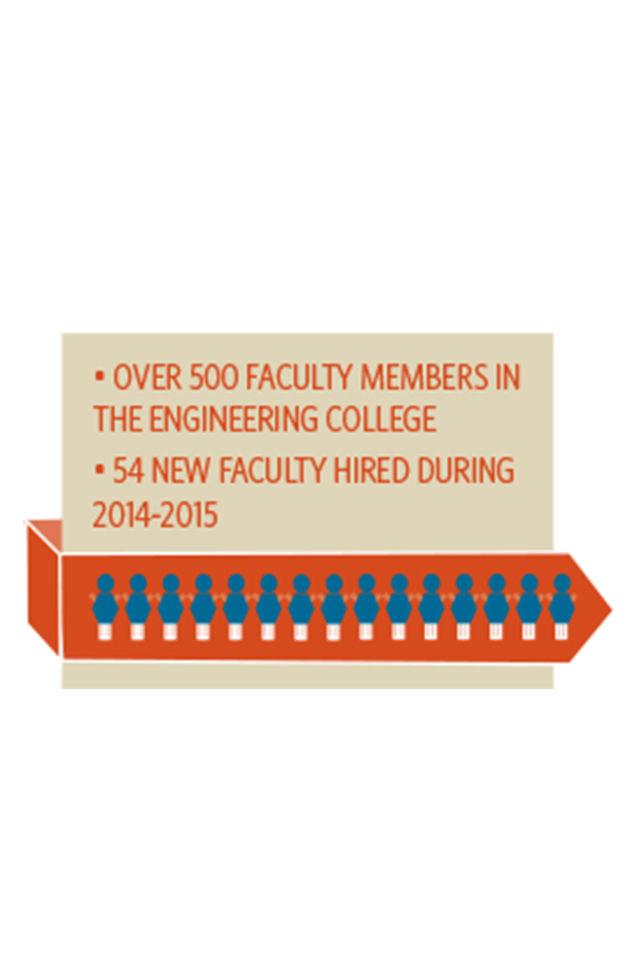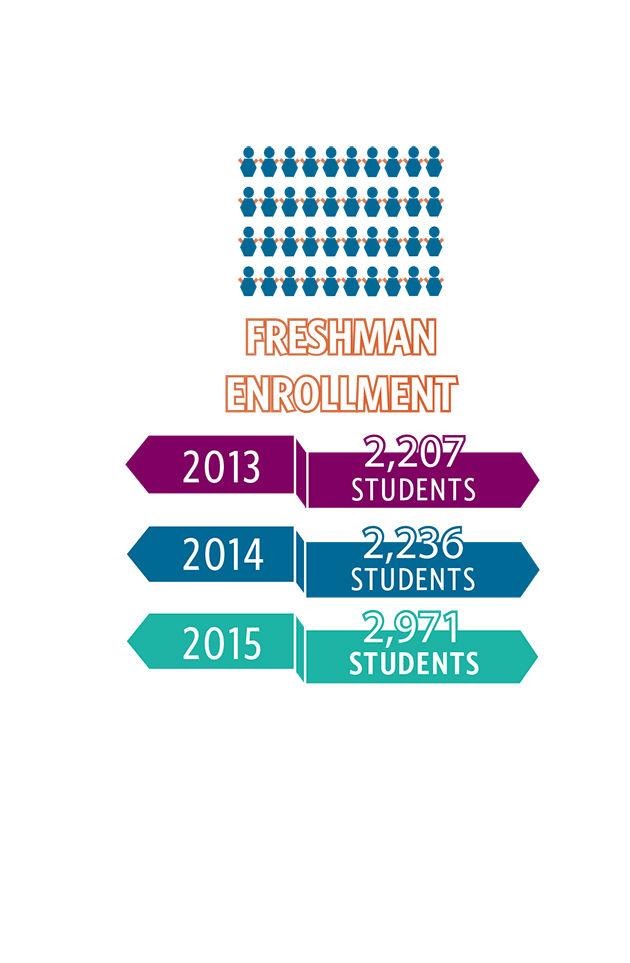The Dwight Look College of Engineering is on track to meet its lofty goal of 25,000 engineering students by 2025, in part because of a partnership with Texas community colleges.
The 25 by 25 Initiative, launched by the College of Engineering just under three years ago, hopes to have 25,000 engineering students by 2025. This number would include students located at Texas A&M’s satellite campuses Galveston and Qatar, as well as new “engineering academies” that will be developed with Texas community colleges across the state.
Katherine Banks, vice chancellor for engineering for the Texas A&M University System and dean of the College of Engineering, said the college is expecting a good portion of the 25,000 students to come from the new engineering academies.
Banks said the engineering academies will enroll in both the Texas A&M College of Engineering and select community colleges. Banks said A&M is expecting an academies to open up at The Alamo Colleges in San Antonio and El Centro College in Dallas next year to join the current academies at Houston Community College and Blinn College.
Banks said the students in this program are officially classified as students in the A&M engineering college while at community college.
“Our engineering academy students are taking math and science at selected community colleges, and we are sending our faculty to those campuses to teach first-year engineering courses,” Banks said. “So these students are getting the same academic experience that you would here on campus.”
Valerie Taylor, senior associate dean for academic affairs with the College of Engineering, said the academies are a unique new idea and will provide greater access to the Texas A&M engineering programs.
“You have students who want to stay close to home, and starting off at a local two year institution with a pathway to an engineering degree from Texas A&M is an excellent option,” Taylor said. “This program allows them to be Texas A&M engineering students while they take their first two years of Texas A&M engineering courses locally at their two-year institutions.
Banks said on campus, the current junior and senior classes are relatively small, but those numbers will increase as classes graduate and are replaced by incoming freshmen.
Last fall the college of engineering admitted 2,926 students — only 45 less than this year — while in 2013 the college only admitted 2,207 students. Banks said another increase in the number of engineers would come from an increased retention rate.
“Our goal is to increase retention from the current 55 percent to 75 percent,” Banks said. “By lowering the number of students who transfer out of the engineering college, we will increase college student numbers without impacting the number of total students on campus.”
Andrew West, president of Student Engineers’ Council, said according to surveys done by the SEC, most engineering students are neutral on the subject of 25 by 25. West said this is largely due to many of the details of 25 by 25 not being public knowledge.
“Really the issues that we see are simply because of the lack of communication,” West said. “There is a perception of 25 by 25, and when you have a lack of communication people are going to bring up issues, and if those issues aren’t explained in a manner where the entire college understands it then you are still going to have that perception.”
Banks said the college of engineering is working to ensure the process is controlled, methodical and the quality of education remains high.
“We’re focusing on keeping our quality high and insuring that our students graduate with the knowledge base they need to be successful in their careers,” Banks said. “25 by 25 is really about the quality of our education.”











